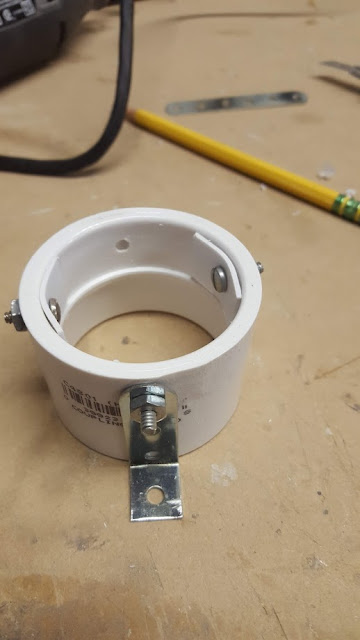One of the first pieces of animation that I added to R2 was dome rotation. When I initially built him I just put a cheap lazy susan I had on hand between the dome and the body. This did it's job but really wasn't suitable when putting a drive motor on the dome.
The preferred lazy susan for droid building is a 18" one like this from Granite Earth.
https://www.graniteearth.com/ProductDetails.asp?ProductCode=PAY-Lazy-Susan-R2-Builder
This lazy susan may me ok right out the box but some people take some extra steps to make it smoother and quieter. The first thing to do it take it apart, and clean and polish it. There is a screw in the side of the bearing that can be removed to dump out the balls. Be sure to mark the initial position of this screw since it needs to be put back together the same way so that it lines up properly with the inside of the track. With the bearing disassembled you can clean and polish the track the balls run in, and also clean the balls. It can then be lubricated with some silicon spray and re-assembled. Here is a good video that shows the process.






















